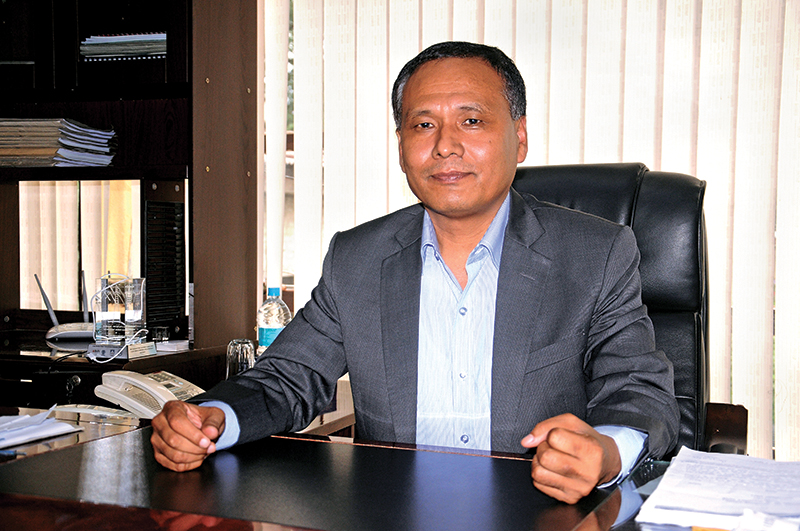Electricity authority will not be able to end load-shedding this winter
Kathmandu, August 26
Low supply capacity against rising demand of electricity will affect Nepal Electricity Authority’s plan to end load shedding in the dry season this year.
The power utility will face a deficit of 400 megawatts during peak time in the dry season as the demand for electricity is expected to hover at around 1,400 MW against supply capacity of around 1,000 MW in peak hours, according to NEA.
NEA had announced it would end load shedding across the country from mid-April this year as some programmes like energy efficiency, leakage control, increase in power import and completion of some generation projects were initiated eyeing the dry season. It had focused on both supply and demand side management to end load shedding. However, NEA’s plan is unlikely to materialise.
NEA was planning to import around 260 MW from India during dry season through Dhalkebar-Muzaffarpur cross-border transmission line. However, it will not be able to import more power via this transmission line as work on Dhalkebar sub-station has been delayed and it will take six more months to be completed. The power utility can import only up to 160 MW through Dhalkebar-Muzaffarpur cross-border transmission line.
On the supply side, NEA had expected to complete some of its projects and projects initiated by independent power producers. Though the 30 MW Chameliya Hydropower Project and projects with capacity of 100 MW being developed by IPPs are expected to be completed before the dry season, the generation in dry season drops by one-third of the installed capacity as the water level goes down in the snow-fed rivers.
Likewise, NEA’s plan to manage demand side through distribution of power-efficient LED bulbs has been stalled as its bulb procurement process has been drawn into a controversy.
NEA’s plan to install 25 MW grid-solar before winter has also been affected as the Parliament’s Public Accounts Committee has directed NEA to issue another tender citing irregularities in the contract awarding process.
According to NEA Managing Director Kulman Ghising, the power utility will be importing 400 MW this dry season. Along with completion of Kataiya-Kushaha and Raxaul-Parwanipur transmission lines, NEA can import additional 100 MW from India compared to the dry season last year, which will be instrumental in managing load during peak hours of the dry season.
According to Ghising, they are planning to cut industrial load during peak hours this dry season. “Load management will be similar as last year’s, but we will not be able to end load-shedding,” he admitted.
NEA won’t be able to supply power to industries during peak hours this dry season. According to Ghising, industrial load is 300 MW and NEA will have deficit of 100 MW despite the cut in industrial load.






